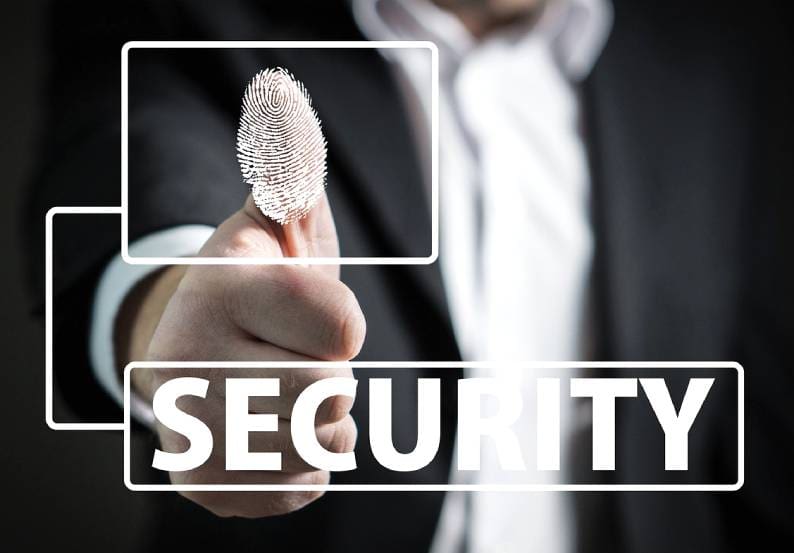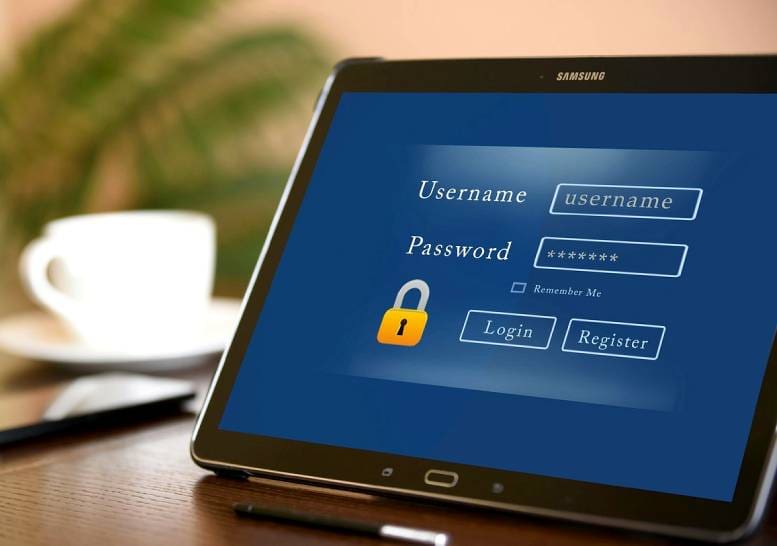words Al Woods
In an era dominated by digital interactions and online activities, the importance of robust password security cannot be overstated. Passwords are the gatekeepers to people’s digital lives, protecting sensitive information from prying eyes and potential cyber threats. To fortify your online defenses, it’s essential to adhere to best practices and avoid common pitfalls. This guide will explore the dos and don’ts of password security to help you navigate the digital landscape securely.
Do Use a Password Manager
With password managers, you only need to remember one strong master password to gain access to all your other passwords. If you run a business, a business password manager can help streamline password management for your team, ensuring a consistent and secure approach across all accounts. Many password managers have built-in password generators that create complex and unique passwords for each of your accounts. This eliminates the need for you to design and remember numerous intricate passwords. Password managers are often compatible across various devices and platforms. This ensures that your passwords are accessible when needed, whether on your computer, smartphone, or tablet.
Do Create Strong and Unique Passwords
Aim for passwords at least 12 characters long. The longer and more complex your password, the more resistant it is to hacking attempts. Steer clear of using easily accessible information such as your name, birthdate, or common words. Opt for combinations that are not readily associated with you. Resist the temptation to use the same password across multiple accounts. Creating unique passwords for each platform prevents a security breach on one account from compromising others. Periodically updating your passwords adds an extra layer of security. Consider updating your passwords at least every six months and more frequently for sensitive accounts such as online banking or email.
Don’t Share Your Passwords
Legitimate entities will never ask for your password via email or other non-secure communication methods. Avoid writing your passwords on sticky notes or in easily accessible digital documents. Someone who gains access to your physical space or devices could quickly compromise your accounts. Create unique passwords for each platform or service. Refrain from using passwords like “password,” “123456,” or common words found in dictionaries. These are the first combinations attackers try in brute-force attacks.
Don’t Ignore Security Alerts
If you receive alerts or notifications about suspicious activity or unauthorized login attempts, don’t ignore them. Investigate and take appropriate action, such as changing your password or enabling additional security measures. Be cautious of unsolicited emails, messages, or websites that prompt you to provide login credentials or personal details. Verify the sender’s authenticity before clicking on any links or providing information. Instead of relying solely on text messages for verification codes, consider using authenticator apps like Google Authenticator or Authy. These apps generate time-sensitive codes, adding an extra layer of security compared to traditional SMS-based 2FA.
Password security is a fundamental aspect of safeguarding your digital identity. By following these dos and don’ts, you can significantly enhance the strength of your passwords and reduce the risk of falling victim to cyber threats. Remember to create strong, unique passwords, utilize password managers, and enable additional security measures like two-factor authentication. Stay vigilant, update your passwords, and adopt a proactive approach to online security. With these practices in place, you’ll be better equipped to navigate the digital landscape securely and protect your valuable personal information.






